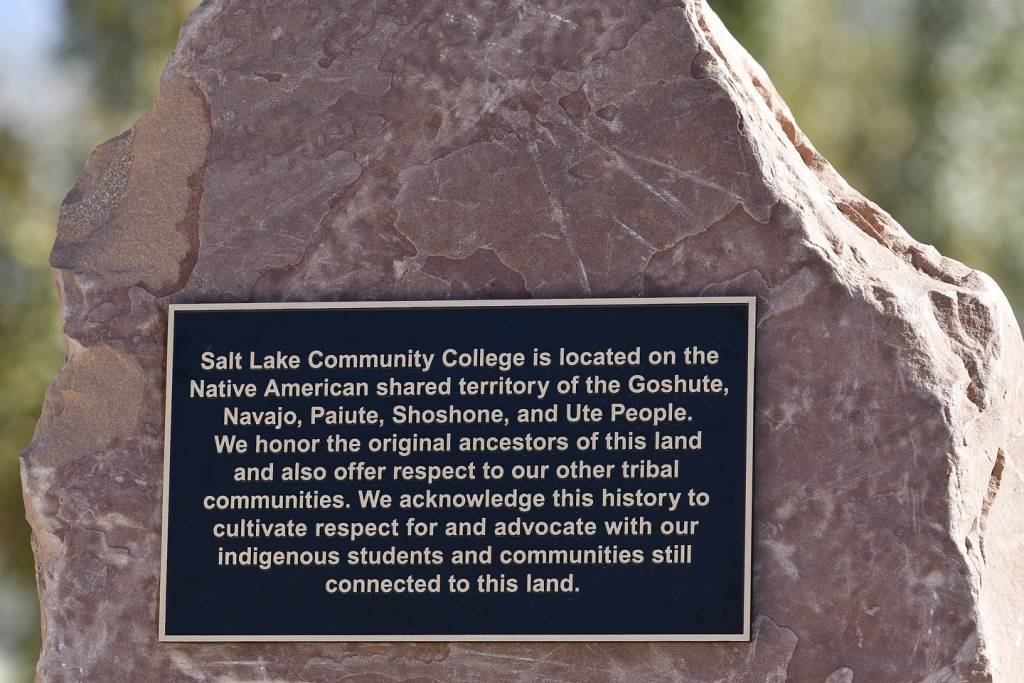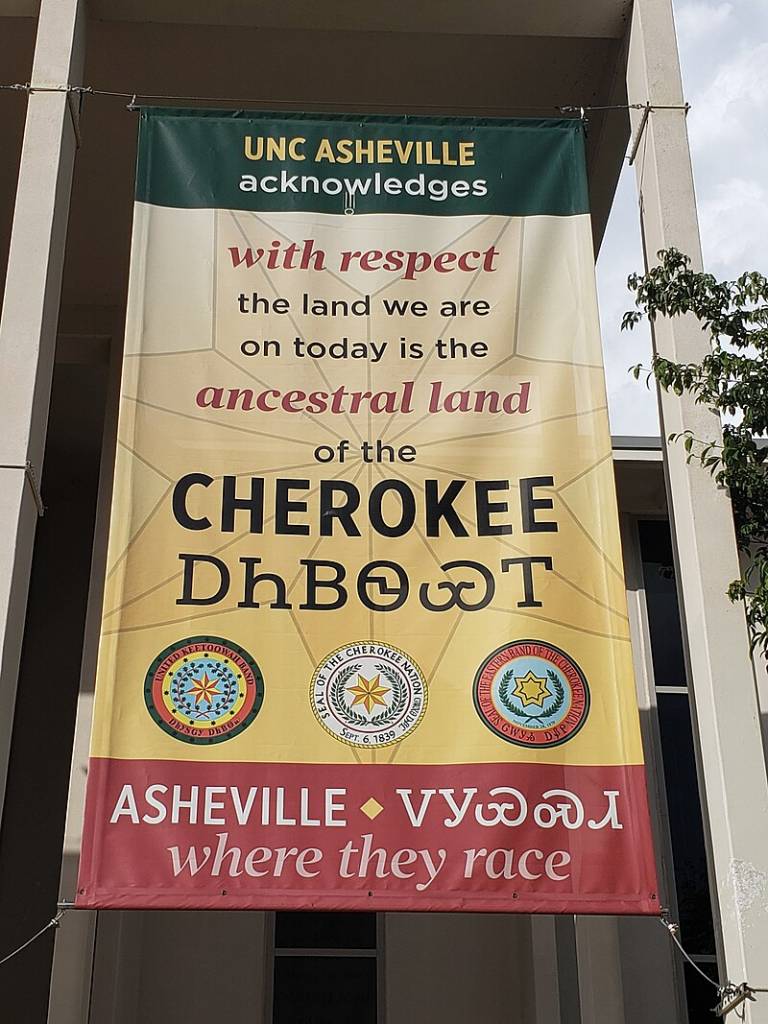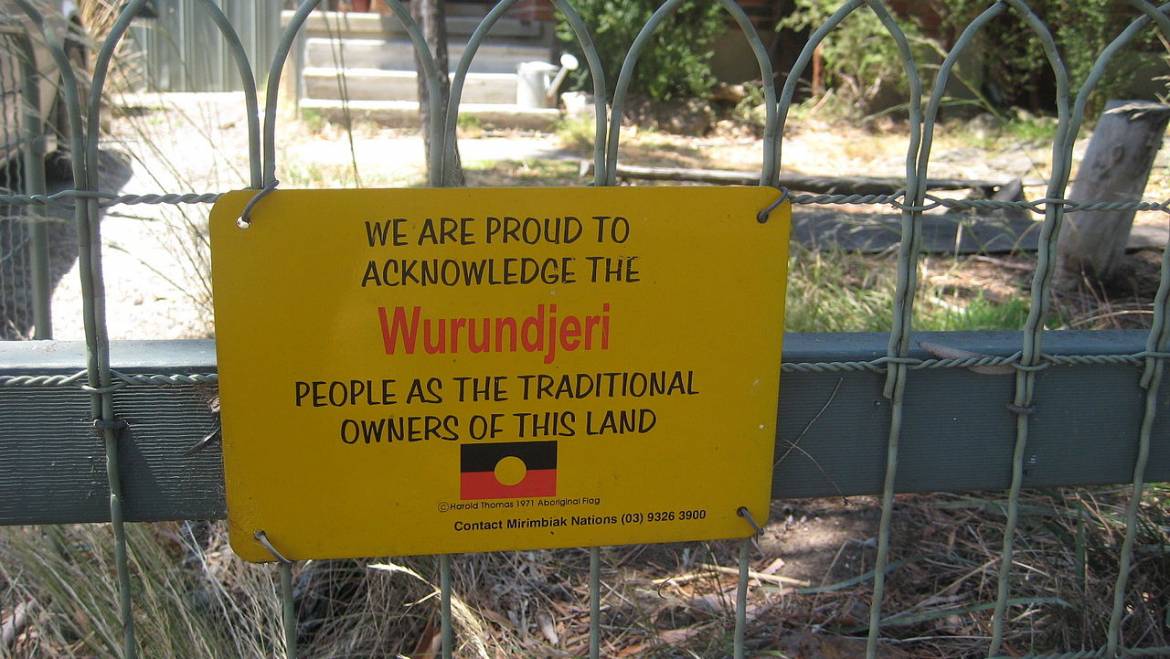I recently had the honor of editing the English-language version of Sapiens: The 13.8-Billion-Year Odyssey by Song Manho (co-founder of the law firm at which I work) and Dr. Ahn Jungho. I learned quite a bit from their excellent book. Of all the facts it contained, none was more fascinating than this: Modern humans emerged only 300,000 years ago, which, if our planet’s 4.6-billion-year history were telescoped into a single year, is a mere six seconds. In other words, from a geological standpoint, we just got here.
While Song and Ahn did not say so in their book, the island continent now known as Australia abounded with kangaroos, wombats, lizards, flightless birds, marsupial lions, emus and dingos about 50,000 years ago—but there were no humans. Then, the ancestors of today’s Aborigines started to migrate from Southeast Asia by land bridges and short sea crossings. I have deep admiration and respect for these hardy people, their culture, their didgeridoo music and their “dreamtime” religio-mythological worldview. But Australia was empty (I know that’s an anthropocentric statement) for quite a while before they arrived. With help from my Internet calculator, I can tell you that humans have resided in Australia—formed about 35 million years ago—for a mere .00371428571 percent of the time (the figure is .00283333333 percent for the Americas, which were formed about 600 million years ago). They like to think they have been there forever, but sorry—not so. In Earth’s history, they are very recent arrivals in the land they call their own. And if they made Australia home roughly half a second ago, the Europeans (British, for the most part) were right on their heels.
Far more egregious is the case of New Zealand. Those two beautiful islands were uninhabited—more anthropocentrism—until the 14th century. That’s when some intrepid Polynesians paddled there, liked what they saw and stayed. If the first Australians and the first Americans have dubious claims to indigeneity, you can multiply it for these Maoris. They got to NZ a piddling 700 years ago! Europeans began putting down roots there 500 years later.
I will now turn my attention to the Bering Strait. About 17,000 years ago, humans migrated from southern Siberia to the Chukchi Peninsula—the easternmost point of the Asian landmass. Taking advantage of significantly lowered sea levels, they were able to walk a few miles to the Seward Peninsula, thus becoming what we now call Paleo-Indians. They moved through Alaska, Canada, the United States and Mexico, passing by way of the isthmus of Central America and emerging in South America; it took their descendants about 2,000 years to reach Tierra del Fuego in the furthest reaches of that continent. As I stated regarding the Australian Aborigines, these were some brave and tough people. They contended with mammoths and mastodons, giant short-faced bears, saber-tooth tigers, scimitar cats, camelops, Arctic wolves, American zebras, mountain goats, bull elk and more. As with Australia, the entire 17 million square miles of North, Central and South America had, for millions of years, been devoid of human habitation. Forgive me for belaboring the obvious, but both sets of people were migrants, newcomers. While I am willing to concede them the term “indigenous,” the bigger point is that they were not native to their new lands.
In the timeframe of Song and Ahn, the Paleo-Indians traipsed over the Bering Strait about a quarter of a second ago. The settlement in Jamestown, Virginia began in 1607—an even smaller fraction of a second. And the first English and Irish convicts to be transported to Australia in 1788—smaller still. There is no need for precision here because it is abundantly clear that the European arrivistes, while recent, were not much more so than the original settlers. I will add that the Jamestown people left England and traveled nearly 3,800 miles across the Atlantic Ocean in leaky wooden boats; it took about four months. They were gutsy, too, and I say the same for the first Euro-Australians: more than 15,000 miles and eight long months to Rio de Janeiro, to the Cape of Good Hope and then finally to Botany Bay. All merit respect, in my view.
Having said that, I now come to the reason for the present article. As a Euro-American, I am thoroughly displeased with the trend of civic groups and educational institutions employing “land acknowledgements.” Look, I am not advocating a modern-day version of terra nullius wherein the Australian Aborigines and the American Indians, with very different concepts of land ownership, were not there first—they were. Nor do I deny that both groups have suffered and lost because of the European interlopers—they have. Nevertheless, I refuse to be guilt-tripped over these matters. (I address both although I have never set foot in Australia and have no direct connection to the Land Down Under.) I just will not genuflect.
It seems to have begun in the 1970s on a small scale and then got a boost in 2008 when Aussie prime minister Kevin Rudd offered a major mea culpa to his nation’s indigenous people. Land acknowledgements have been big in Canada since the 2015 Truth and Reconciliation Commission report. Did you know that all National Hockey League games north of the border are now preceded by one of these somber statements? Or that all nine members of the Canadian Football League now have indigenous-themed logos?
The USA was a bit late to join the game, but now we are equally gung-ho. Here are just a few of the American universities that have and use “LA’s”: Connecticut, Brown, Harvard, South Florida, Northwestern, Loyola, Michigan, Northern Colorado, UCLA, Rice, Washington, Oregon, Arizona, Tennessee, Kansas, Florida State, Yale, Indiana, Iowa and Texas. Why in the world would my alma mater—as left-leaning and PC as any of them—not go along?
The rationale of UT’s LA and the LA itself are fairly typical, and I quote them in full:
“As the flagship institution in our state university system, it is important that the University of Texas at Austin demonstrate respect for the historic and contemporary presence of indigenous peoples in Texas and, particularly, in the greater Austin area. To that end, it is incumbent upon the University of Texas at Austin to recognize that our campus resides on what were historically traditional native territories. A land acknowledgement is an expression of gratitude and appreciation to the Native American tribes and/or indigenous peoples, the traditional caretakers of the land, for the use of their lands on which we work, study, and learn. In this spirit, a land acknowledgement is a tool to foster good relations and a sense of trust and reciprocity between the university and tribal communities, facilitating the research work and pedagogic endeavors of the faculty and students in tribal and indigenous territories or spaces.
We encourage all the faculty, staff, students and guests of the University of Texas at Austin to open public events and gatherings with the following land acknowledgement, and/or to include this statement in printed materials associated with your events:
We would like to acknowledge that we are meeting on the indigenous lands of Turtle Island, the ancestral name for what now is called North America. Moreover, we would like to acknowledge the Alabama-Coushatta, Caddo, Carrizo/Comecrudo, Coahuiltecan, Comanche, Kickapoo, Lipan Apache, Tonkawa and Ysleta del Sur Pueblo, and all the American Indian and indigenous peoples and communities who have been or have become a part of these lands and territories in Texas.”
What DEI bureaucrat wrote this, and who gave final approval? It offends me, perhaps because I am a White man who has been living abroad since 2007; expat life does bring new perspectives. I have also been avidly reading and studying history for most of my 72 years. It’s a fact that my people were not the first to reach Australia or the Americas. But, as I said at some length in the intro, if the Earth’s history can be seen as one year, we arrived just a fraction of a second after the original migrants. I have read numerous LAs, and they like to say that the indigenous people had been there “since time immemorial.” While 50,000 years (Australia) and 17,000 years (the Americas) sound like eternity, these good-hearted persons are clueless.
Land acknowledgement constitutes a hot-button issue in contemporary American academia. Some professors are reluctant or flat-out refuse to post an LA on their office door or online syllabus, or to read it out loud before classrooms of passive students. How often is often enough—once at the beginning of a semester? Why not, if it is truly sincere, before every class? Some teachers have been placed on probation, denied tenure and forced into early retirement. And it’s not just conservatives who criticize LAs as no more than institutionalized progressive activism, ritual acts of expiating White guilt. Land acknowledgements may have begun as moderately annoying performative displays that served little practical purpose, but they have gotten out of hand. Some Indians have called for a halt, or at least a pause, in these rote declarations. I am all for that.







3 Comments
Dear friend Richard. I always learn from your studies and writings. I am once again grateful for your efforts on this world view. I take a different perspective on your conclusion on this topic. Hopefully not disrupting our long-lived friendship I am liberal and sympathetic to recognizing first possessions. I do not support restitution for historical actions, whether by deceit, force or falsely valued compensation. Even contemporaneous legitimate transactions in retrospect might never have happened (e.g., Louisiana Purchase, Alaska, Manhattan). When looking at Land acknowledgement, I understand no land was anyone’s before they got there. But the current occupancy globally supports ‘might makes right’ with first occupants displaced. Many displaced peoples have undergone genocide, isolation, and discrimination without equal opportunity to develop and compete under the occupiers. I do not believe in ‘you lost, I won, you deserve nothing’. The Great War in the USA devastated lives nation wide, yet against all Lincoln compensated southern prisoners and provided a path back to full participation in the nation that they had just tried to destroy. My North Carolina ancestors were benefactors of his wisdom and so I too benefit. How different my life would have been had he decided that we were not deserving of respect and equality even after the great national harm we had caused.
All the recipients of Land Acknowledgement are requesting and receiving is respect and hopefully equality. No restitution, just respect. I see no harm when a few words of recognition can lift someone’s spirit or recognize their value in penning those words.
Keep on writing so I can keep on learning. Warm regards, your looking-lived friend, Jeff
Dear Richard: I can only agree with your critical perspective about LA and, especially, with your last paragraph concerns and implied questions. As a Bolivian with hispanic ascendence I will add something: DNA analysis has demonstrated that we are all ethnically mixed and that our current ethnic appearance is just a dominant facade that it covers infinite ancient blood connections, which actually define all (or the vast majority) of those which were born and live around here.
I do agree with your last paragraph. Things have really gotten out of hand, and not just this. I did enjoy reading this. You’re a good writer. Thank you.
Add Comment